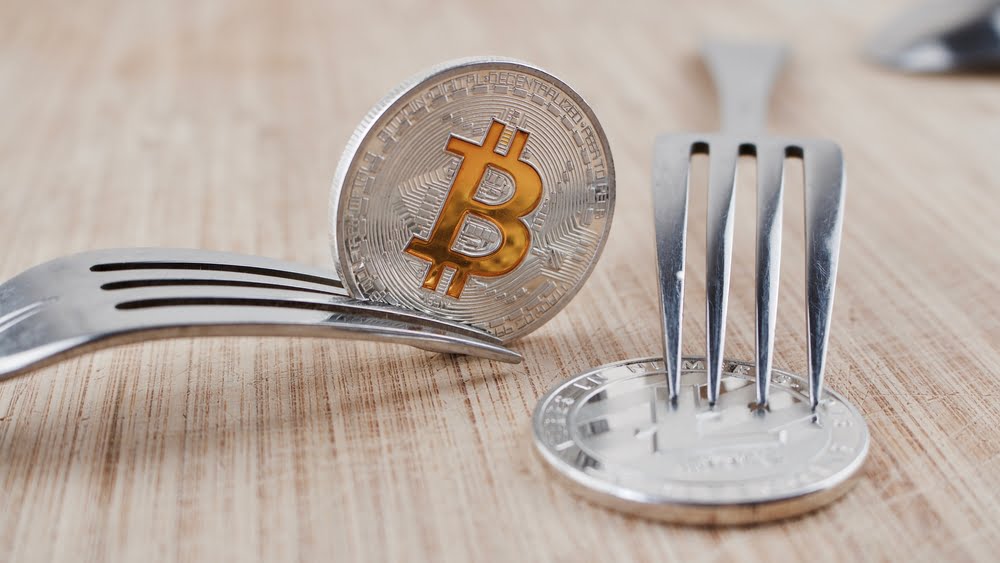A lot has been said and written in regards to Bitcoin Cash and its unusual mining difficulty algorithm. In a lot of cases, the mining difficulty adjusts in such a way that the altcoin becomes increasingly easy to mine when things go awry. A recent screenshot by Charlie Lee showed how the network sometimes generates dozens of blocks an hour before increasing the mining difficulty again, which in turn may cause network delays. It is certainly true that this may not necessarily represent Satoshi’s vision.
Bitcoin Cash’s EDA Still makes Little Sense
Whether you love it or hate it, you can’t deny that the Bitcoin Cash mining difficulty adjustment algorithm is a very intriguing creature. More specifically, this EDA can change the mining difficulty rather quickly. In most cases, the difficulty will lower as a way to speed up the network and ensure there is no backlog whatsoever. Once the mining power picks up again, the difficulty will readjust to increase the network time between blocks. It makes a lot of sense, but can sometimes lead to some odd side effects.
According to a screenshot shared by Litecoin founder Charlie Lee, the EDA may be working too well sometimes. In fact, the image he posted detailed 43 Bitcoin Cash blocks generated over the course of one hour. While that is not necessarily a bad thing, it could be viewed as a problem considering it means over 600 BCH were added to the circulating supply during that time. That rate is pretty alarming, as the erratic changes in time between blocks and rewards could cause some big consequences.
43 BCH blocks an hour. This will last for another day. Then, I expect another round of ~3hr long blocks. Yup, Satoshi's vision! /s ? pic.twitter.com/lVVMJOtSWW
— Charlie Lee [NO2X] (@SatoshiLite) October 1, 2017
At the same time, such a “speeding up” of network blocks will eventually lead to a higher mining difficulty. When that happens, the time in between blocks may go up to several hours, which is less than ideal. This is certainly not the way Satoshi Nakamoto envisioned the evolution of the Bitcoin network whatsoever. Thankfully, the EDA is something that can be addressed by BCH developers, assuming they will ever be inclined to do so.
One thing that is worth taking into account is how this also influences the profitability of mining Bitcoin and Bitcoin Cash. A lower difficulty makes it more profitable to mine BCH over BTC, which means the Bitcoin network may struggle with its mempool every now and then. During times of high BCH difficulty, miners will often switch back to the main Bitcoin blockchain, leaving BCH hanging out to dry. It is far from an ideal situation for both networks; that much is rather evident.
Issues with the Bitcoin Cash mining difficulty algorithm have been discussed many times before. So far, the BCH developers don’t see a need to make any major changes, even though changes in block time are a bit erratic at times. At the time of writing, it is 60.5% more profitable to mine Bitcoin Cash than BTC itself. Then again, this has not affected Bitcoin network confirmation times just yet. One of our transactions got three confirmations within 20 minutes, which is pretty quick for a BTC transfer these days.
Moreover, during the writing of this article, we saw a total of 20 BCH blocks being discovered on the network. That is an absurd amount, to say the very least, as some blocks are literally coming twenty seconds apart. It is evident this situation will continue to spark debate moving forward and also speed up the inflation rate of Bitcoin Cash. As a result, the BCH price is taking a sharp nosedive right now, although there is no real reason to panic just yet.

